Can we fix our fast homeware habits? How to enjoy interior trends without adding to landfill
Tips on consuming more mindfully
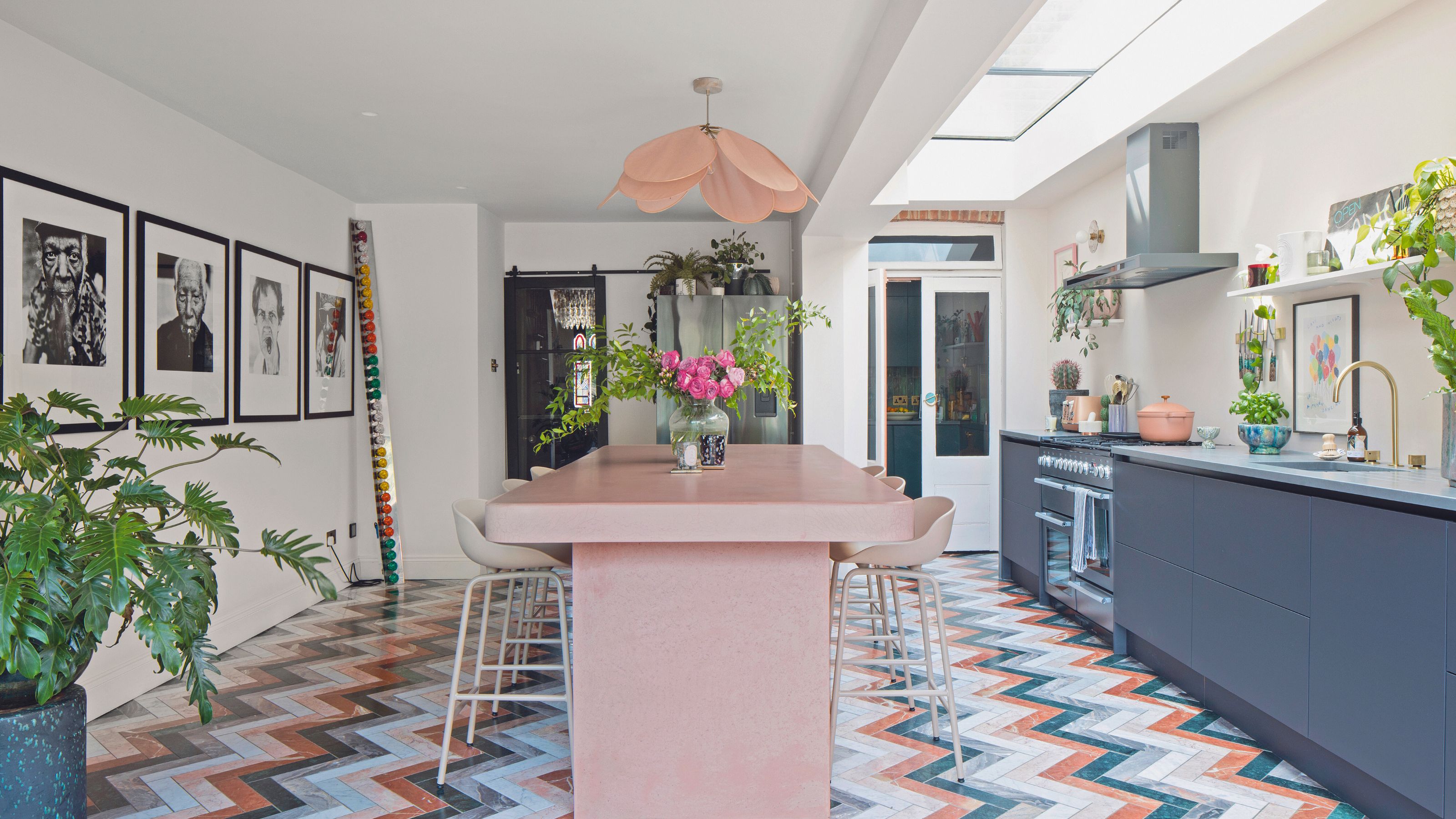

The ills of fast fashion have been a hot topic for the last few years, and while it feels pretty run-of-the-mill to declare that buying a dress for a tiny fee is likely an indicator of consumption gone wrong, the same change hasn’t occurred in the realm of home decor just yet.
But it’s hard to deny fast homeware is seeping in. From shoddily made blenders available on TikTok Shop for less than £10 to the endless trend treadmill, with the likes of the recent mob wife aesthetic and eclectic grandpa chic, it’s fair to say that the proliferation of items we ‘need’ is hitting warp speed, with decor and appliances both ending up in landfill when the trend is deemed to be over.
Is it possible to slow the cycle? From interrogating the design process of essential appliances, such as the best vacuums, to the rise of a ‘fix-it-first’ outlook, I took a closer look at all of the ways that we can engage with trends without contributing to straight-to-landfill culture.
How the trend cycle has changed the homeware industry
While trend cycles have long operated at a breakneck pace in the fashion and beauty industry, it seems as though the post-pandemic landscape has been the main factor when it comes to the rise in interest in interiors.
Hannah Craggs, Head of Subscription and Digital Content at Trend Bible, a forecasting agency which focuses on predicting upcoming homeware trends sees the home as a recently transformed space.
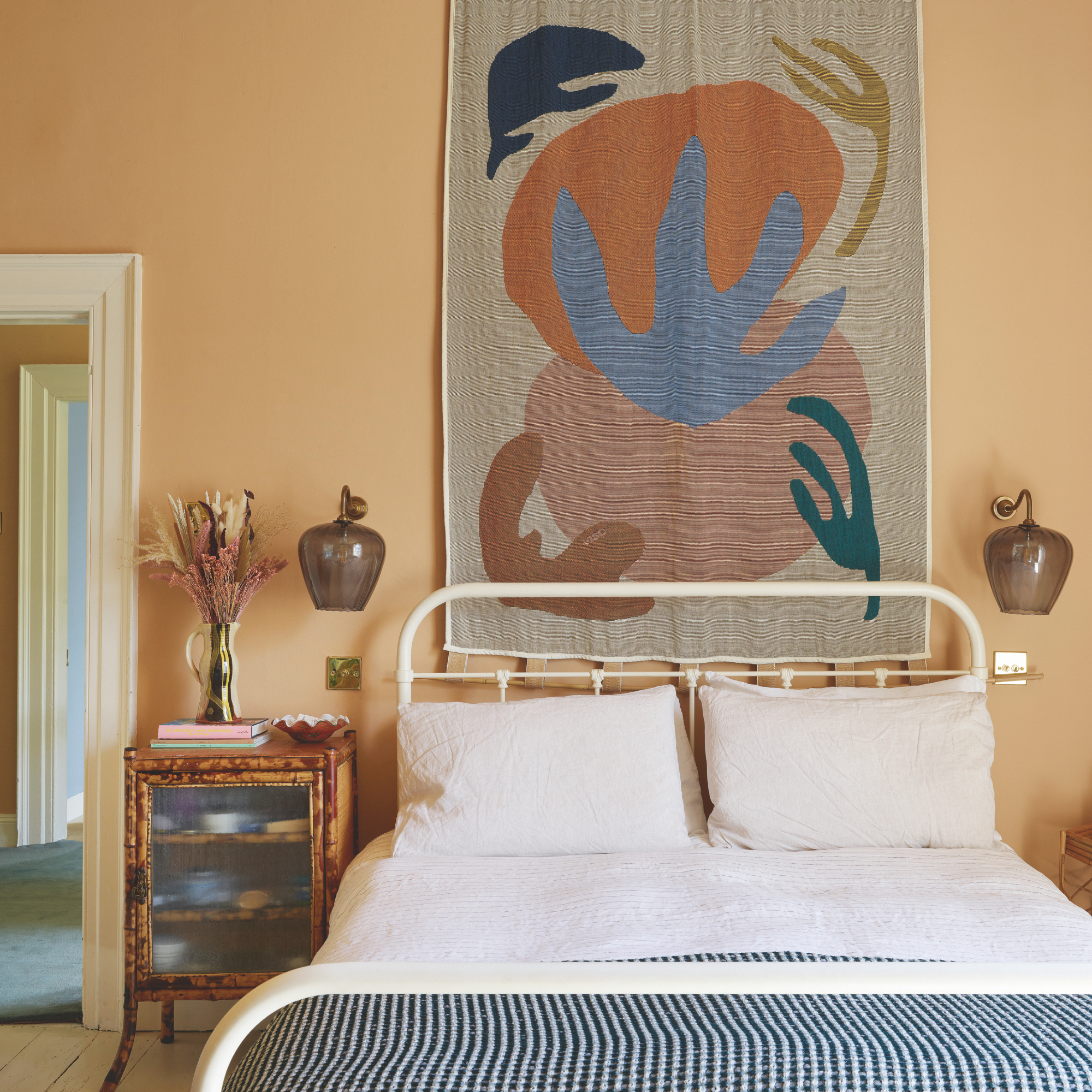
‘It's not just where you eat your dinner and cook, and sleep [anymore]. It's your office. It's your bedroom. It's your social space. It's your restaurant.’
Along with that shift, the rise in influencer culture has been a huge driver in how we expect our homes to look too. And thanks to affiliate marketing and short-form videos, the compulsion to buy those products can feel overwhelmingly strong.
Get the Ideal Home Newsletter
Sign up to our newsletter for style and decor inspiration, house makeovers, project advice and more.
The result of overconsumption
Research from the circular economy platform Gumtree bolsters this idea, with its findings that 44% of UK participants surveyed in 2023 had been influenced to make ‘impulsive and unnecessary’ purchases due to social media.
What’s more, the findings stated that one in four had come to ‘regret at least one of these purchases’, while 28% agreed that they had wasted money. And of those who had been influenced in this way, the survey found that an average of five items were bought ‘on a whim’.
Such rampant spending only leads to one, unfortunate conclusion. One statistic from the online secondhand marketplace Narchie found that 22 million pieces of furniture in perfectly good use go to landfill each year in the UK.
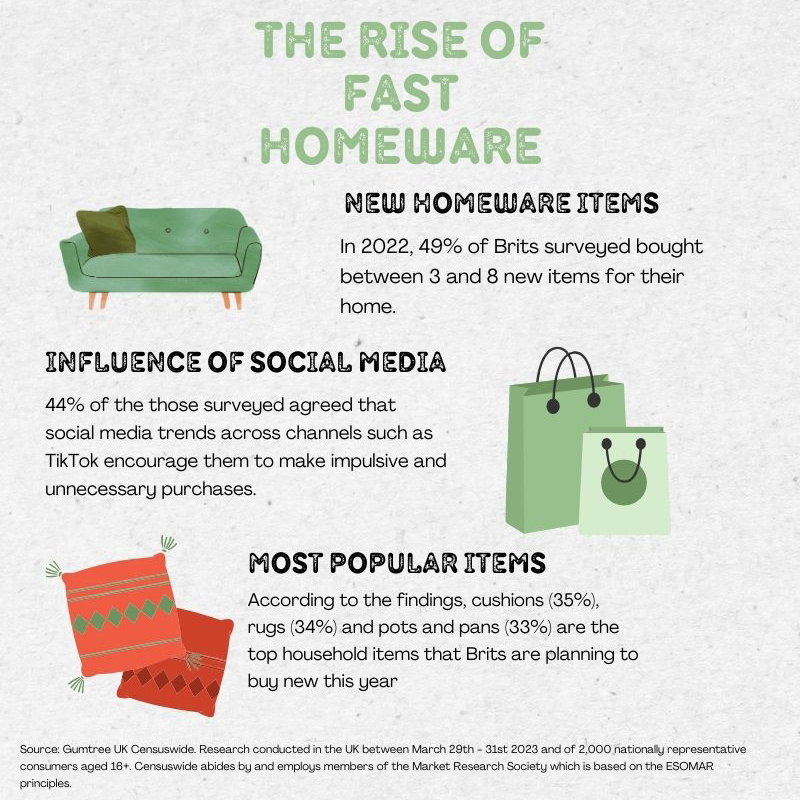
In the face of such a damning environmental outlook, it can be hard to find hope. But there are ways in which the visibility of interiors on social media can be a force for good.
‘Social media has sped up the adoption and proliferation of trends,’ says Hannah Craggs. But it’s not all bad news. ‘I think what [social media and influencers] have done to the trend cycle is they've made people more design and trend literate. People that wouldn't know that information before, and in a way, it's quite exciting because it's democratised design.’
In the same vein, Hannah feels assured that while there’s plenty of work to be done on sustainability, the choice of the consumer in how they interact with what they buy is never a foregone conclusion.

‘Just because something is fast homeware that doesn't mean it's going up in landfill,’ says Hannah. ‘There are consumers that just because it's cheaper, [it doesn’t mean they won’t] still hold on to it and love it for a really, really long time.’
This love-items-for-longer attitude is present in the rise of de-influencing too, which sees social media users pick apart why a product is not a ‘must-have’ after all.
Rethinking the design process
Considering the nature of overconsumption also led me to think about culpability. How much is overconsumption down to the necessary replacement of obsolete items, particularly appliances, that seem to break sooner than ever after purchase?
I took a trip to Dyson’s UK offices in Malmesbury to see for myself how the engineers there solve problems in the home through state-of-the-art vacuum cleaners, and how this admittedly more expensive but more design-focused brand deals with the challenge of creating appliances for consumers.
As a product reviewer, I can confidently say that Dyson vacuum cleaners are among the best, if not the best, on the market that I’ve tried. According to James Carswell, a Senior Design Manager of Robotics at Dyson, this kind of quality is borne out of meticulous attention to detail.
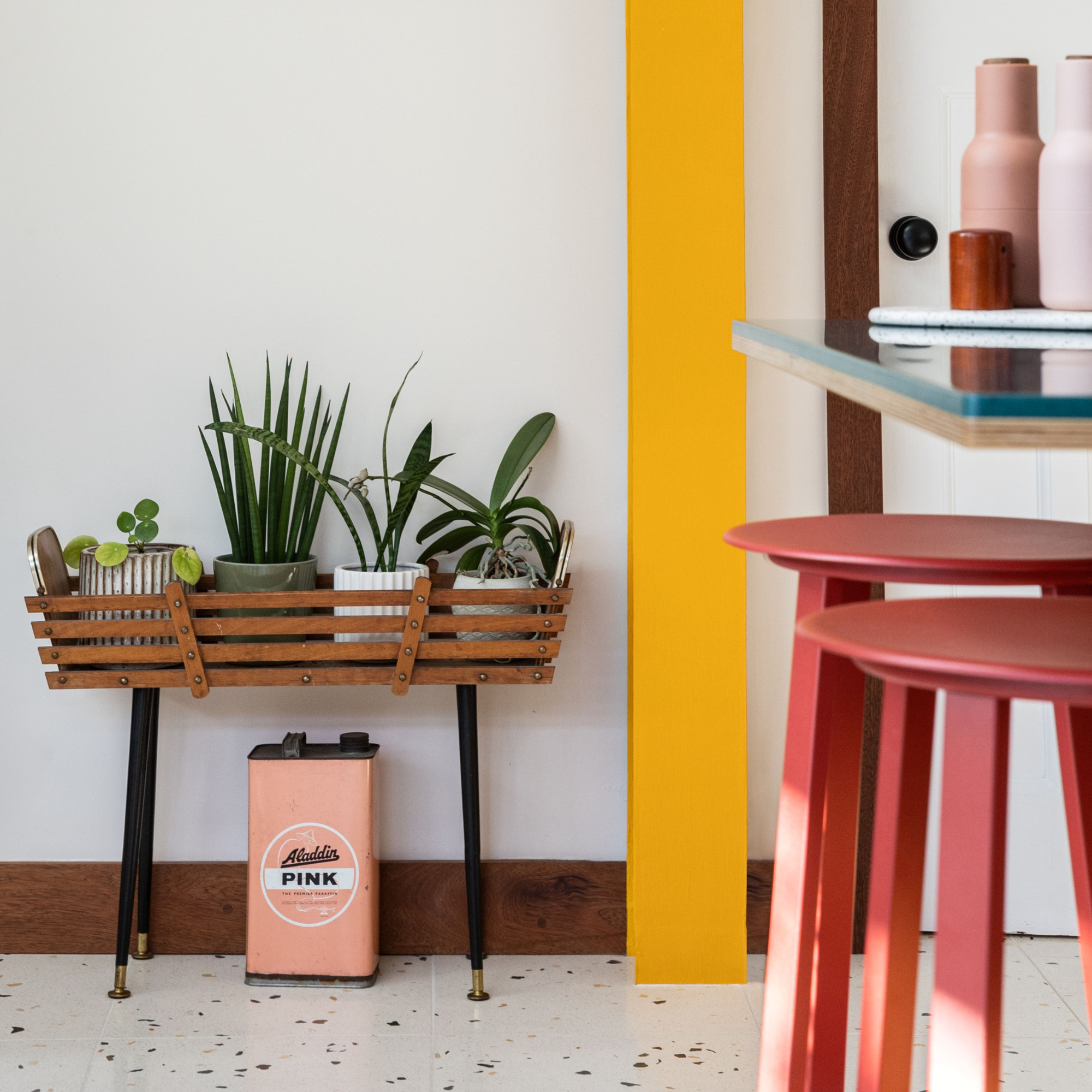
During the process of creating the brand’s recent launches, Carswell says that his team of engineers always employed a people-first approach.
‘If we have any way of identifying [a] problem, we'll try and take that on and work out if we can do better,’ he says. ‘If we wind back to my early days working here, I used to design, upright, full-size vacuum cleaners for a number of years.
And then we saw a load of limitations in in those products, i.e they can only clean floors because they're big and heavy, right? So we then went on this journey of developing our own motor technology, inventing the cord-free stick vacuum. We were the first people to do that, and that unlocked a whole load of versatility that you just couldn't get from those existing machines.’
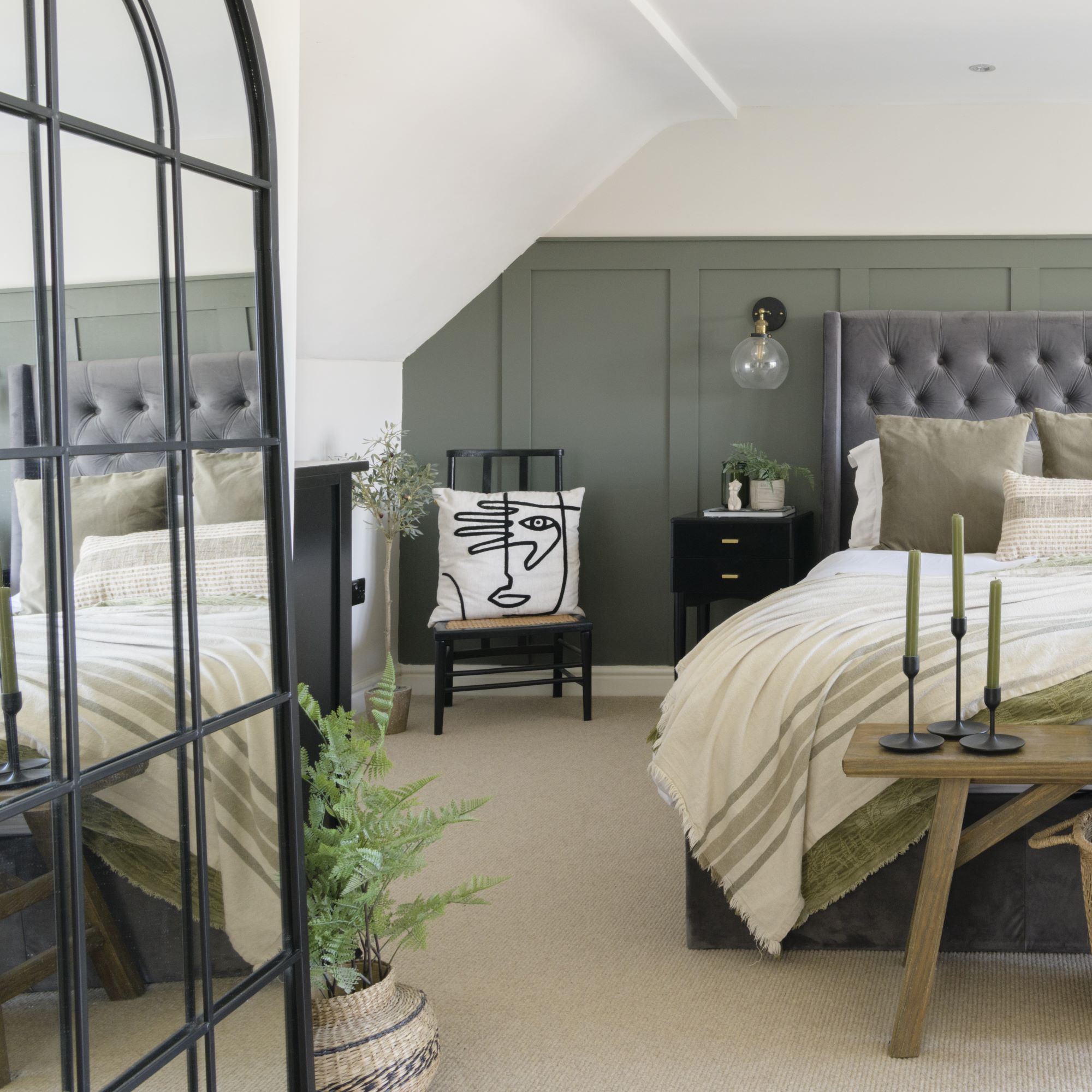
Rather than distributing items that are destined to lead short lives, Dyson’s vacuums are functional items first, before the design element comes in second.
‘I think that's maybe the main reason why [Dyson vacuums] are quite striking. For example, you see the cyclones around the outside of our vacuum cleaners and that's just because they need to be there and we're not trying to hide them. They serve a function, and it's the same with every element of the product.
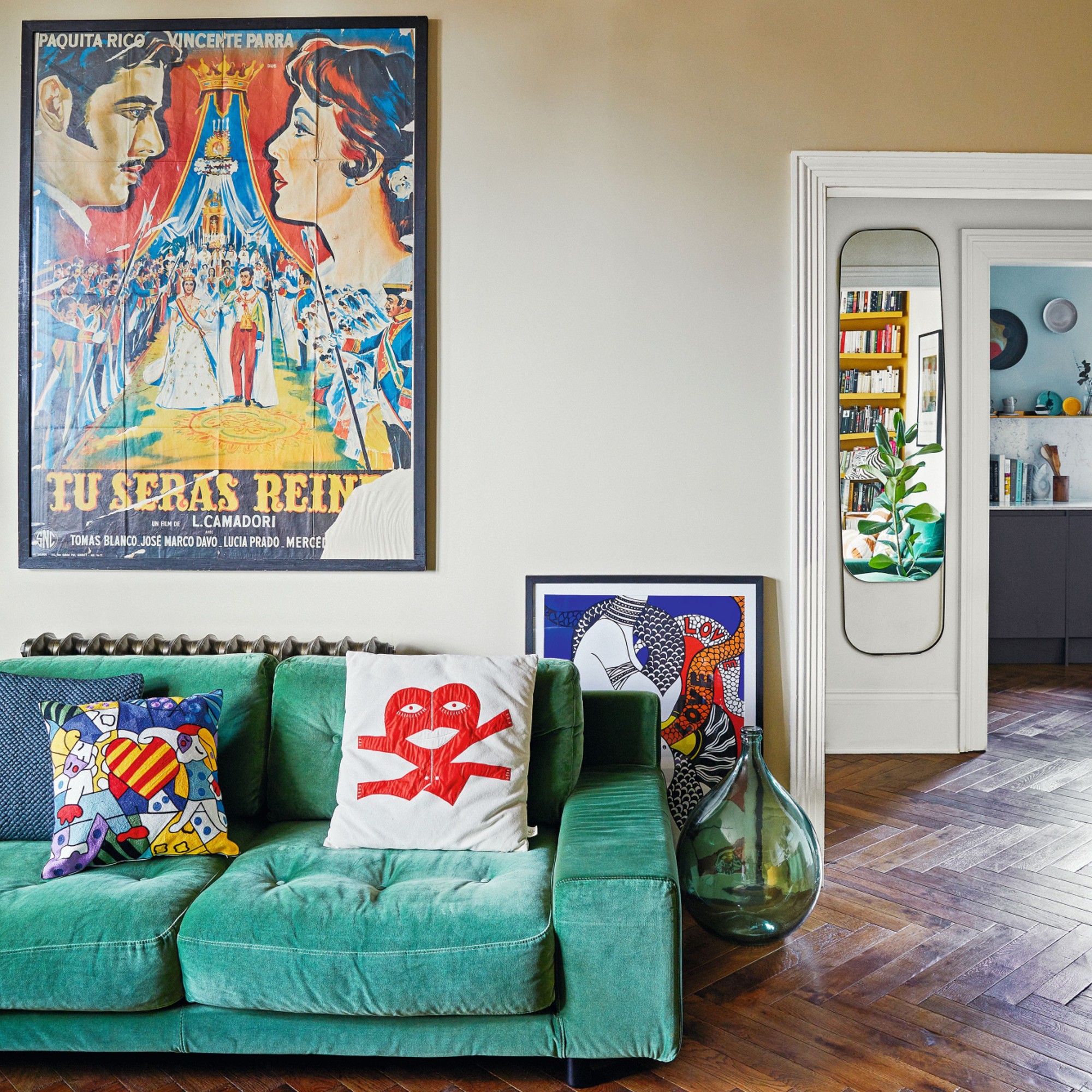
We just try and use as little material as possible. Keep it simple, make interactions straightforward, and just the kind of visual side of the product just comes out through that process.’
In the world of homeware and appliances, it’s safe to say that buying items that last longer and serve us better is only possible if manufacturers give us the tools to do so, by creating products with longevity and maximum functionality in mind.
A brighter future for homeware
Engaging in trends doesn’t necessarily equal mindless consumerism. At Ideal Home, we’re always looking for ways to furnish our homes second hand, as well as methods that we can share on how people can keep loving items that they already own.
My personal favourites include IKEA customisation companies, so that you can upgrade to this year’s sofa colour of the year without buying new furniture at all and clever Facebook marketplace tips.
In her work as Head of Subscription and Digital Content at Trend Bible, Hannah Craggs predicts a similar shift already happening within consumer culture. She sees a ‘fix-it-first’ approach as taking on more and more importance as customers grapple with the cost of living crisis.
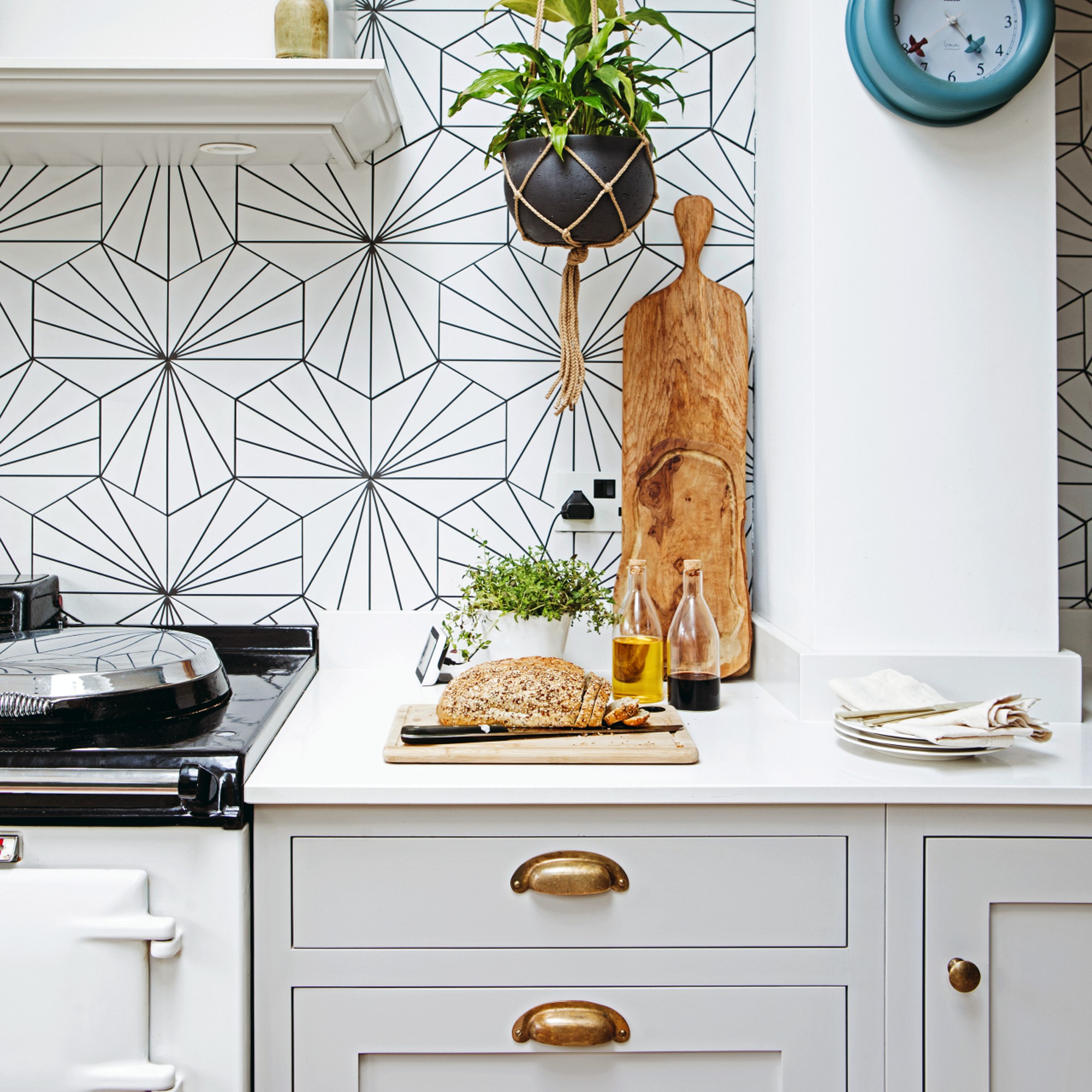
‘The idea is to move towards repairability and also DIY skills. Consumers aren't afraid. They want to customise. They want to get stuck in. They want to be part of the process of creating something that's just for them. I think the uniqueness factor and the custom [factor of DIY] is a really big, exciting thing.’
The popularity of television shows such as The Repair Shop shows a desire from consumers to not only breathe new life into purchases but to gain new skills at the same time so that they’re equipped to deal with their next toaster or kettle breakdown.
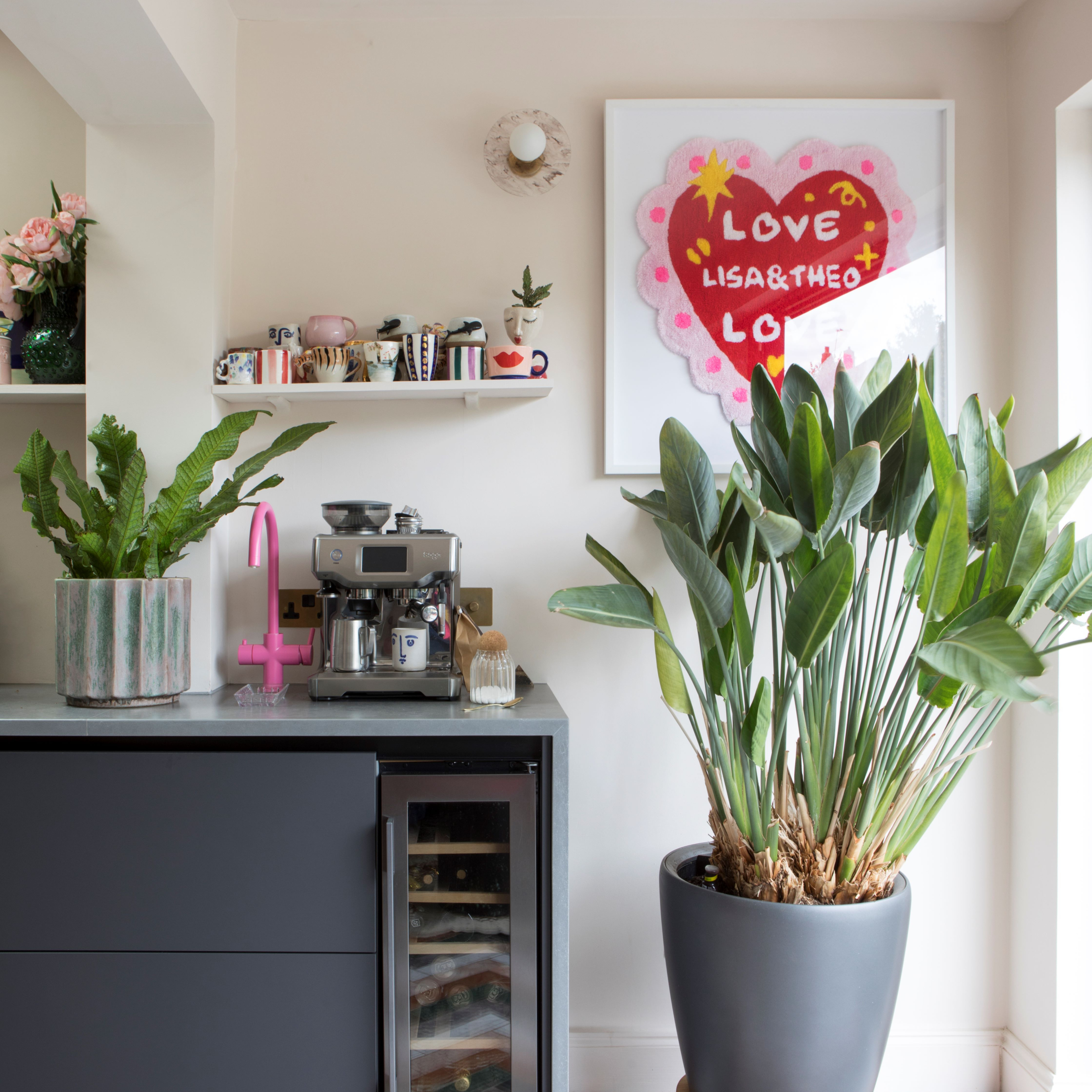
Over at the Trend Bible, Hannah Craggs has noticed a distinct rise in the popularity of repair cafes, which are communities where skilled individuals help people to get their items working again, and pass on what they know. She recommends taking a look at the Repair Cafe website, where you can find your nearest space to visit.
‘They're brilliant,’ says Hannah ‘Basically they are social hubs, where people can kind of come together, and take control of the life cycle of their items. And that's not just like furniture, it’s also consumer electronics.’
As well as repairing, there are innovative ways that renting can be used to curb spending, or to enable you to ‘try before you buy’. One example that I’ve come across is the frankly genius Library of Things, which allows you to rent power tools, air fryers, steam cleaners and other buys for a short period for a small fee, to see if it’s worth investing a larger chunk of your money into them.
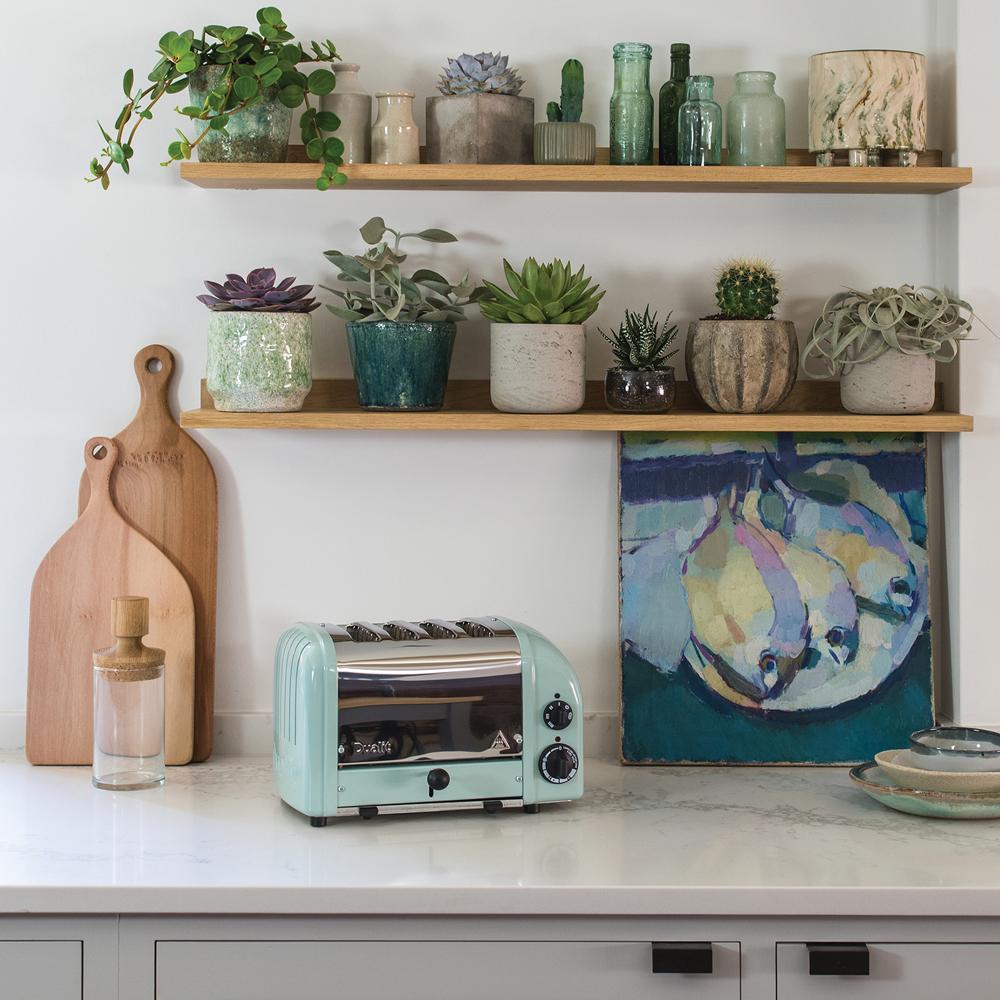
As Ideal Home’s Ecommerce Editor, I review a lot of small and large appliances to see how they will fare in your home. And though I seek to give as much advice as I can on what it’s like to buy a product, I can’t think of a better way to research than to try before you buy. It’s a risk-free strategy that will save you money and save items from landfill destiny over time.
If you do decide to invest in your home, I’ve discovered that there are wonderful resources out there for you to turn to. As a product reviewer, I think the power of user reviews can be hugely impactful on a person’s consumption, and websites such as a personal favourite of mine BuyMeOnce, are a way to go through that process even more seamlessly.
Though it has its challenges, it’s possible to find ways to have fun with trends and interior moments without buying anything new, or by taking the time to consider exactly what it is that’s essential to add to your home. After all, it’ll help save your wallet and planet.

Molly is Ideal Home’s Kitchen Appliances Editor, the Ideal Home Certified Expert on Appliances. An all-around cooking and baking enthusiast, she loves finding the next must-have product for readers that will their kitchen a better place. She joined the team in September 2022 after working on the editorial teams of Real Homes, Homes & Gardens and Livingetc.
For the last 4 years, she's been reviewing hundreds of small appliances; conducting tests at home or in the Ideal Home test kitchen. She would be hard-pressed to pick a Mastermind specialist subject but air fryers are her ultimate area of expertise, after testing just about every single one released since 2022.
To keep ahead of trends and new releases, Molly has visited the testing and development spaces of multiple kitchen brands including Ninja Kitchen and Le Creuset as well as attended consumer shows such as IFA, hosted in Berlin to see the cooking innovations of the future.
-
 Will a conservatory add value to your home and how can you maximise it?
Will a conservatory add value to your home and how can you maximise it?This is what the pros say
By Amy Reeves
-
 I’ve been looking for a new signature scent for my home and The White Company's new fragrance is the exact summer holiday smell I needed
I’ve been looking for a new signature scent for my home and The White Company's new fragrance is the exact summer holiday smell I neededSantorini smells fresh, summery and sophisticated
By Kezia Reynolds
-
 How to remove algae from garden walls in five steps – and the cleaning product experts rave about for tackling it fast
How to remove algae from garden walls in five steps – and the cleaning product experts rave about for tackling it fastExperts share their top tips for getting garden walls algae-free
By Katie Sims